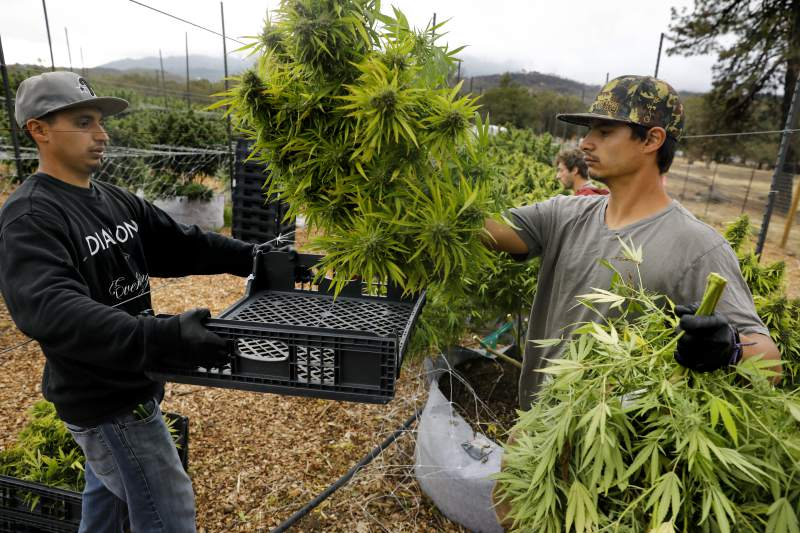California’s Legal Marijuana Market Fails to Meet Revenue Expectations
According to recent data from the California State Treasury, the much-anticipated recreational marijuana reform, which officially took effect at the beginning of the year, has had a very slow start. Treasury officials report that since the start of the year, the state has collected only $82 million in marijuana taxes and fees (with about $48 million of that collected from April through June). This is less than a third of the projected revenue estimated last year by financial analysts, who predicted the state would earn $185 million in the first six months of the recreational market.
“Despite the fact that more than six months have passed since the reform took effect, California’s marijuana market is mostly experiencing losses rather than generating the promised profits,” said Evan Low, a member of the regional parliament and head of the committee on private business development. “If you look at the numbers financial experts discussed last year, you’ll see just how far behind we are from those projections.”
“In addition to unforeseen natural disasters, the market’s growth is being hindered by the very rules of the system, which seriously restrict marijuana businesses at both the local and regional levels,” the politician explained. “If we don’t take action to help the market, legal businesses will soon be seriously squeezed out by underground dealers, who are thriving in a system that was supposed to eliminate them.”
Local officials and the restrictions they impose have caused far more damage to the market’s growth and profits than even the largest wildfire in the state’s history.
Underground Market Thrives as Legal Businesses Struggle
While authorities continue to block the development of legal businesses, underground operators are enjoying significant profit growth due to an influx of tourists seeking access to marijuana. In many major cities, such visitors are forced to turn to “gray market” shops or street dealers, since high taxes and fees (which in some places reach up to 50% of the product’s price) have driven many legal establishments out of business or into the underground market themselves.
“The market situation is close to critical,” said Hezekiah Allen, head of the California Growers Association. “Residents and tourists are buying more marijuana and related products than ever before. However, most of this profit is going to underground and gray market operators, since these places are much easier to find than licensed stores, and they sell their products at much lower prices.”
“Some parts of the state, including fairly large cities, don’t have any legal establishments at all,” Allen continued. “I believe this is the root of the problem: the market is being stifled by local opposition. If state authorities could lift or limit local bans on opening stores and plantations, the market could grow and develop.”
Given this situation, the state’s regulatory bureau has begun reviewing a report on the market’s growth problems, submitted to the agency on the 14th, in order to develop a strategy to stimulate the industry. Even the most optimistic regulators and activists doubt that the market will reach the $7 billion in profits predicted by analysts in the coming years.
Possible Solutions and Future Outlook
As a quick solution to bypass local restrictions, officials are considering legalizing and certifying companies that offer remote delivery of recreational marijuana.
“Unfortunately, despite all our calculations, the market is in a rather dire state,” admitted Lori Ajax, head of the regional marijuana regulatory bureau. On the other hand, Ajax noted that the market’s situation is not hopeless, and that with smart reforms to remove local barriers to legal business, the industry could start to become profitable.



